In the realm of licensed innovation, there have been various cases that stand out of people in general and ignited banters about intellectual property regulations. One such case is the scandalous “SpongeGirl” case, which has turned into a perfect representation of the intricacies and contentions encompassing licensed innovation privileges in the computerized age.
The SpongeGirl case includes a famous vivified character, made by a gathering of craftsmen known as “The SpongeGirls,” who acquired notoriety via web-based entertainment for their diverting and mocking interpretation of a notable animation character. Be that as it may, their prosperity was brief when they were hit with a claim for copyright encroachment by the makers of the first animation. This case has brought up issues about the limits of satire and fair use, and has turned into a lawful point of reference for comparable cases from here on out.
SpongeGirl Case Study: Navigating Legal Complexities in Intellectual Property
The SpongeGirl case shows how complex intellectual property can be. The original creators claim their work was used without permission, while the SpongeGirls argue it falls under fair use.
To comprehend the legitimate intricacies of this case, it is essential to initially characterize what spoof and fair utilize mean with regards to intellectual property regulation. Spoof is a type of creative articulation that emulates the style and content of another work to say something or critique. Fair use, then again, alludes to the restricted utilization of protected material for purposes, for example, analysis, remark, news announcing, instructing, grant, or examination.
The SpongeGirl makers claimed copyright infringement, while SpongeGirls argued fair use and parody. In the SpongeGirl case, the makers of the first animation contended that the SpongeGirls’ utilization of their characters and storylines was not sufficiently groundbreaking to be viewed as satire, and that it was a reasonable case of copyright encroachment. Then again, the SpongeGirls contended that their work was a type of farce and fair use, as fate has smiled down from heaven a mocking interpretation of the first animation and not an immediate duplicate.
The Role of Copyright Law in Protecting Creative Rights
Intellectual property regulation is intended to safeguard the privileges of makers and empower development and inventiveness. It gives makers selective freedoms over their work, including the option to imitate, disperse, and show their work. In any case, these privileges are not outright, and there are sure restrictions and exemptions, for example, fair use, that consider the utilization of protected material without authorization.
In the case of SpongeGirl, the primary concern revolved around whether the use of characters and storylines from the original animation by SpongeGirls could be classified as fair use. This is where the complexities of intellectual property law come into play, as there is no clear definition of what constitutes fair use. Courts must take into account various factors, such as the purpose and character of the use, the nature of the copyrighted work, the amount and substantiality of the portion used, and the effect of the use on the potential market for the original work.
The court had to decide if SpongeGirls’ use of the first animation’s characters and storylines was fair use or infringement. This brings us to the fine line between inspiration and infringement.
Inspiration vs Infringement: The Grey Area of Intellectual Property
Perhaps of the greatest test in the realm of licensed innovation is figuring out where the line among motivation and encroachment lies. While intellectual property regulation safeguards the freedoms of makers, it likewise considers the utilization of existing attempts to motivate new manifestations. This has prompted a hazy situation where it very well may be hard to recognize what is viewed as unique and what is viewed as subsidiary.
SpongeGirl Saga: Anatomy of a Copyright Infringement Case
The SpongeGirl case has been progressing for quite a while at this point, with the two players introducing their contentions and proof in court. The case has gathered a ton of consideration from the media and general society, and has turned into a perfect representation of how intricate and extended copyright encroachment cases can be.
The Legal Battle: A Clash of Creative Rights
The legal battle between the creators of the original animation and the SpongeGirls has been intense, with both sides fighting for their creative freedoms. The original creators feel that their characters and storylines have been used without permission, but it believe that their work is a fun parody and falls under fair use.
The case has likewise started banters about the limits of spoof and fair use, with some contending that the SpongeGirls’ work is a reasonable case of copyright encroachment, while others accept that it falls under the class of fair use. This conflict of innovative privileges has presented the SpongeGirl defense a profoundly disputable and complex one.
The Impact on the Entertainment Industry
The SpongeGirl case has affected the parties involved, but it has an impact on the media industry as a whole. It has raised questions about the boundaries of satire and fair use in the digital age, where content can be easily shared and remixed through online entertainment platforms.
The result of this case could start a trend for future cases including comparable issues, and might actually have an impact on the manner in which makers approach satire and fair use in their work. It has likewise featured the requirement for more clear rules and definitions with regards to intellectual property regulation and its pertinence in the time of web images and viral substance.
The Role of Social Media in Intellectual Property Disputes
Virtual entertainment stages have become favorable places for inventive substance, yet they have likewise become focal points for copyright encroachment. This has brought up issues about the obligation of these stages in safeguarding the privileges of makers and forestalling the spread of encroaching substance.
SpongeGirl Controversy: Exploring the Boundaries of Parody and Fair Use
The SpongeGirl case has been a subject of debate since it previously became exposed. While some contend that the SpongeGirls’ work is an unmistakable case of copyright encroachment, others accept that it falls under the class of farce and fair use. This has ignited banters about the limits of these ideas and their materialness in the computerized age.
Defining Parody and Fair Use in the Digital Age
As referenced before, spoof is a type of creative articulation that copies the style and content of another work to say something or critique. Fair use, then again, alludes to the restricted utilization of protected material for purposes, for example, analysis, remark, news revealing, educating, grant, or exploration.
In the digital age, with easily shared and remixed content, it can be difficult to determine if a work qualifies as satire and fair use or if it instead infringes on the original creators’ rights. This has led to a lot of confusion and controversy, as seen in the SpongeGirl case.
The Role of Intent in Determining Fair Use
One of the critical variables in deciding fair use is the aim behind the utilization of protected material. In the SpongeGirl case, the court needed to consider whether the SpongeGirls’ expectation was to make an extraordinary work or on the other hand in the event that it was just a duplicate of the first animation.
This brings up issues about the significance of aim in copyright encroachment cases, and whether it ought to be given more weight while deciding fair use. It additionally features the requirement for more clear rules and definitions with regards to the utilization of protected material for purposes like satire and fair use.
The Impact on Creativity and Freedom of Expression
The result of the SpongeGirl case could have expansive ramifications for inventiveness and opportunity of articulation. In the event that the court decides for the first makers, it could start a trend for future cases where content makers might be reluctant to involve existing works inspired by a paranoid fear of being sued for copyright encroachment.
Then again, assuming that the court decides for the SpongeGirls, it could open the conduits for comparable cases where makers might utilize protected material without authorization all the while intending to mislead and misdirect. This might actually smother inventiveness and cutoff the opportunity of articulation of craftsmen and content makers.
SpongeGirl: Trademark, Copyright, and the Fine Line Between Inspiration and Infringement
Aside from copyright issues, the SpongeGirl case likewise includes brand name concerns. While copyright safeguards the privileges of makers over their unique works, brand names safeguard the freedoms of organizations over their image names, logos, and mottos.
In this case, the makers of the first animation asserted copyright encroachment, however they additionally contended that the SpongeGirls’ utilization of their characters and storylines was harming to their image and might actually befuddle buyers. This carries us to the scarcely discernible difference among motivation and encroachment with regards to brand names.
The Importance of Protecting Trademarks
Brand names are significant for organizations as they assist with recognizing their items and administrations from those of their rivals. They likewise assist with building memorability and devotion among shoppers. In the SpongeGirl case, the first makers contended that the utilization of their characters and storylines by the SpongeGirls could harm their image and notoriety.
This features the requirement for organizations to safeguard their brand names and make a move against any expected encroachments. Be that as it may, this likewise brings up issues about the degree to which brand name security ought to be conceded, particularly in cases where there is plausible of disarray or weakening of the first brand.
The Impact on Fan Art and Fan Fiction
The ascent of fan workmanship and fan fiction has turned into a well known way for fans to communicate their affection for their number one characters and stories. Be that as it may, these works frequently include the utilization of protected material without authorization, which can prompt legitimate issues.
SpongeGirl Intellectual Property Dispute: A Clash of Creative Rights
The SpongeGirl case isn’t simply a fight in court between two gatherings, however it is likewise a conflict of imaginative freedoms.
The Importance of Balancing Creative Rights
The SpongeGirl case shows the importance of balancing creators’ rights and the rights of those inspired by their work. Intellectual property laws should protect creators’ rights while also encouraging new creations.
In this case, the court needed to think about the freedoms of the two players and decide if the SpongeGirls’ work was a type of satire and fair use or on the other hand on the off chance that it encroached on the first makers’ privileges.
The Role of Technology in Intellectual Property Disputes
Innovation plays had a critical impact in the SpongeGirl case, as it has made it more straightforward for content to be shared and spread, prompting an expansion in protected innovation debates. In this case, the first makers had the option to find the SpongeGirls’ work through virtual entertainment, which eventually prompted the fight in court.
This brings up issues about the obligation of innovation organizations in safeguarding the privileges of makers and forestalling the spread of encroaching substance. It likewise features the requirement for more clear rules and guidelines with regards to the utilization of protected material on advanced stages.
SpongeGirl Case Analysis: Evaluating Copyright Law in the Digital Age
The SpongeGirl case has been a subject of examination and discussion among legitimate specialists, as it brings up significant issues about the relevance of intellectual property regulation in the computerized age. With the ascent of web-based entertainment and the simplicity of sharing and remixing content, it has become progressively challenging to figure out what comprises copyright encroachment and what falls under the classification of spoof and fair use.
The Need for Clearer Guidelines and Definitions
One of the central concerns in the SpongeGirl case is the absence of clear rules and definitions with regards to the utilization of protected material for purposes like farce and fair use. This has prompted disarray and contention, as found in this case.
There is a requirement for more clear rules and definitions that think about the intricacies of the computerized age, where content can be effectively shared and remixed. This wouldn’t just assist with forestalling comparative questions from now on yet additionally give lucidity to makers and content clients.
The Role of Precedents in Shaping Copyright Law
The result of the SpongeGirl case might actually start a trend for future cases including comparative issues. This features the significance of cautiously thinking about the ramifications of such cases and their effect on intellectual property regulation.
In this case, the court’s decision could impact how spoof and fair use are defined and used in the digital age, and could affect the rights of creators and content consumers. Courts genuinely must think about the drawn out impacts of their choices and guarantee that they work out some kind of harmony between safeguarding inventive freedoms and advancing advancement and innovativeness.
SpongeGirl: A Legal Precedent for Parody and Fair Use in Multimedia Entertainment
The SpongeGirl case has turned into a legitimate point of reference for spoof and fair use in media diversion. It has brought up issues about the limits of these ideas and their materialness in the advanced age, and has ignited banters about the job of innovation and virtual entertainment in protected innovation questions.
The Impact on Multimedia Entertainment
Sight and sound diversion, which incorporates different types of media like TV, film, music, and online substance, has turned into a well known stage for imaginative articulation. Nonetheless, with the ascent of online entertainment and the simplicity of sharing and remixing content, it has become progressively challenging to figure out what is copyright encroachment and what falls under the class of spoof and fair use.
The SpongeGirl case has featured the requirement for more clear rules and definitions with regards to the utilization of protected material in mixed media diversion. It has likewise shown the significance of adjusting the freedoms of makers and content clients, and the possible outcomes of not doing as such.
The Role of Parody and Fair Use in Multimedia Entertainment
Spoof and fair use assume a critical part in sight and sound diversion, as they consider the utilization of existing attempts to move new manifestations. This has prompted an expansion in the quantity of spoofs and sarcastic works in different types of media.
In any case, with the ascent of web-based entertainment and the simplicity of sharing and remixing content, it has become hard to figure out where the line among motivation and encroachment lies.
The SpongeGirl Debacle: Exploring the Relationship between Originality and Derivative Works
The SpongeGirl case has been a subject of discussion and investigation among lawful specialists, as it brings up significant issues about the exchange among inventiveness and subsidiary works. While intellectual property regulation safeguards the freedoms of makers over their unique works, it additionally takes into account the utilization of existing attempts to move new manifestations.
The Importance of Originality in Copyright Law
Creativity is a vital consider deciding copyright security. For a work to be qualified for copyright insurance, it should be unique and have some degree of inventiveness. Notwithstanding, with the ascent of fan craftsmanship and fan fiction, it very well may be hard to figure out what is innovation and what falls under the classification of subordinate works.
The court had to determine if SpongeGirl’s work was unique or just a copy. It highlights the need for a clear definition of originality in intellectual property law.
The Impact on Fan Art and Fan Fiction
As referenced before, the ascent of fan craftsmanship and fan fiction has turned into a well known way for fans to communicate their adoration for their number one characters and stories. Be that as it may, these works frequently include the utilization of protected material without authorization, which can prompt legitimate issues.
The SpongeGirl case has carried this issue to the front and has shown the requirement for more clear rules and definitions with regards to the utilization of existing works in fan workmanship and fan fiction. It It also emphasized the need to adjust the rights of creators and the freedoms of those inspired by their work.
SpongeGirl Case: A Test of Copyright Law’s Applicability in the Era of Internet Memes
The SpongeGirl case shows how intellectual property laws are being examined, in the age of online images and viral content. With the ascent of online entertainment and the simplicity of sharing and remixing content, it has become progressively challenging to figure out what is copyright encroachment and what falls under the class of satire and fair use.
The Impact on Internet Memes and Viral Content
Web images and viral substance have turned into a piece of our regular routines, with new ones springing up each day. Nonetheless, with the ascent of virtual entertainment and the simplicity of sharing and remixing content, it has become challenging to figure out where the line among motivation and encroachment lies.
The SpongeGirl case has highlighted the need for clearer guidelines and definitions when it comes to the use of copyrighted material in internet memes and viral content. It has also shown the importance of balancing the rights of creators and content users, and the potential consequences of not doing so.
The Role of Technology in Copyright Disputes
Innovation plays had a critical impact in the SpongeGirl case and other comparable copyright debates. With the ascent of virtual entertainment and the simplicity of sharing and remixing content, it has become simpler for people to make and share their own adaptations of existing works.
Nonetheless, this additionally brings up issues about the obligation of innovation organizations in checking and directing the utilization of protected material on their foundation. The SpongeGirl case has carried this issue to the bleeding edge and has ignited conversations about the job of innovation in copyright questions.
Conclusion
The SpongeGirl case has been a perplexing and dubious one, featuring the intricacies of intellectual property regulation in the computerized age. It has brought up significant issues about the limits of spoof and fair use, the interchange among inventiveness and subordinate works, and the effect of innovation on copyright questions.
As courts keep on exploring these issues, they genuinely must cautiously think about the ramifications of their choices and work out some kind of harmony between safeguarding imaginative freedoms and advancing development and innovativeness. The SpongeGirl case will without a doubt act as a point of reference for future cases including comparable issues, molding the manner in which we comprehend and apply intellectual property regulation in the period of media diversion and web images.

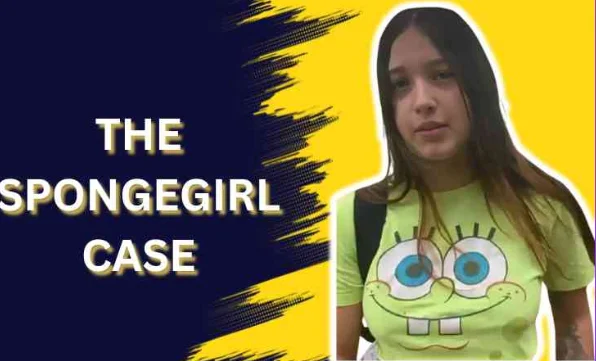
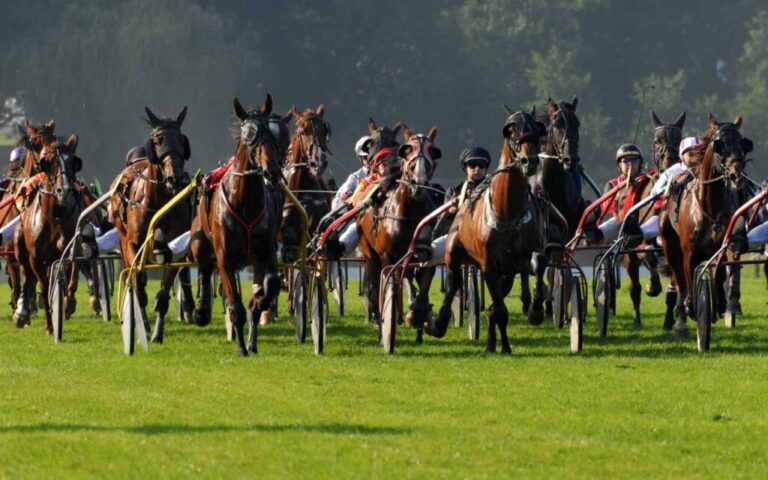
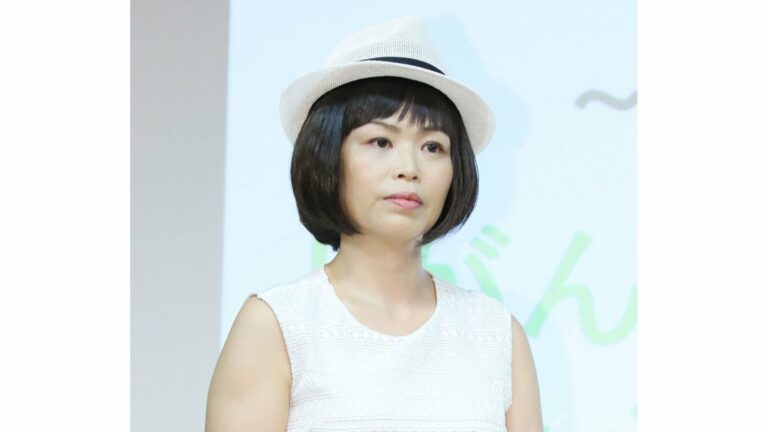

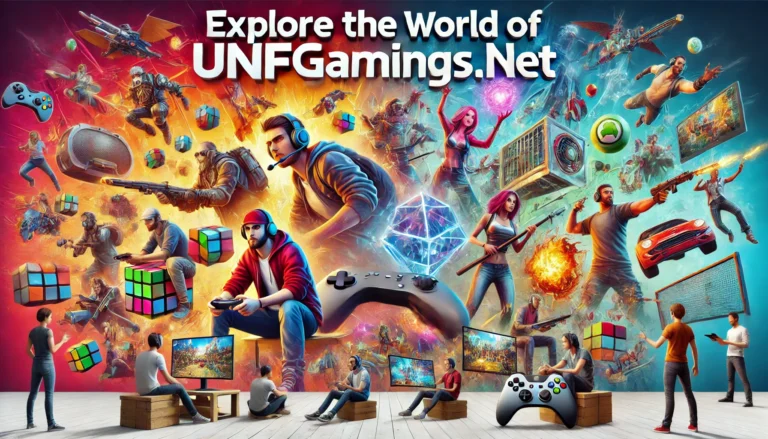




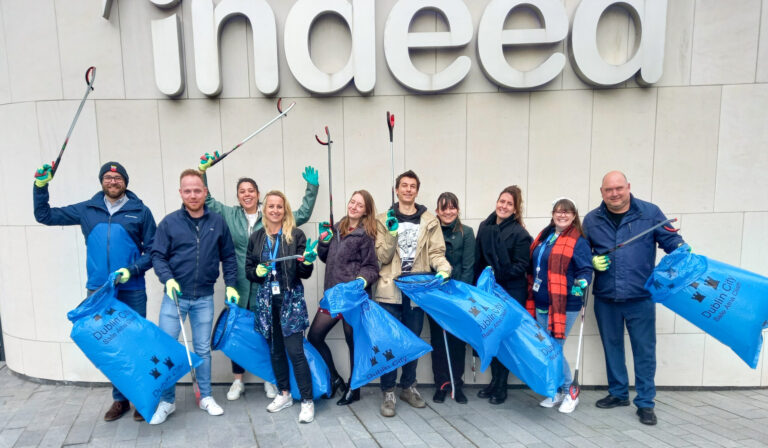

+ There are no comments
Add yours